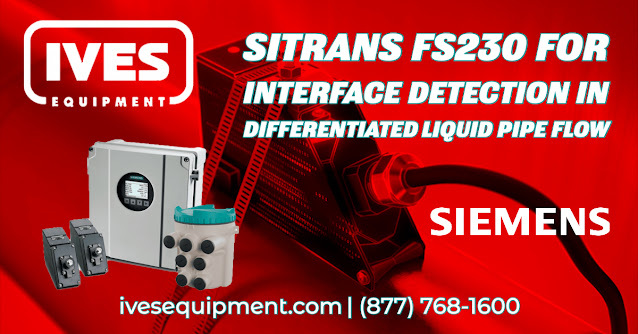Interface detection in differentiated liquid pipe flow refers to identifying and monitoring the boundary between two immiscible fluids (liquids that do not mix) flowing through a pipe in process control applications. In industries such as oil and gas, petrochemicals, and wastewater treatment, it is common to have a line transporting two or more immiscible liquids, often referred to as a multiphase flow. Efficient and accurate interface detection is crucial for optimizing separation processes, minimizing product contamination, and preventing damage to equipment.
Ultrasonic sensors transmit high-frequency sound waves through the fluid and measure the time it takes for the waves to reflect the interface. By analyzing the received signals, the sensors can determine the position of the interface within the pipe.
In process control, interface detection is often combined with other control strategies, such as flow rate control or temperature control, to ensure the efficient and safe operation of the process. Accurate interface detection allows for better process optimization, reduces the risk of equipment damage due to improper fluid handling, and improves overall product quality.
The Siemens SITRANS FS230 clamp-on ultrasonic interface detector is an exceptional option for applications that necessitate the detection of differentiated liquid pipe flow. It achieves this by computing the sonic velocity and pressure while adjusting for temperature variations. This direct measurement approach for interface detection leads to significant savings in equipment utilization and slop oil treatment.
The FS230 interface detector can provide oil companies with highly accurate and dependable flow and interface information for a broad range of applications, such as:
- Detecting gasoline interfaces
- Identifying multi-product interfaces
- Determining product types
- Managing automatic batching control
- Detecting entrained water and gas presence in all products






